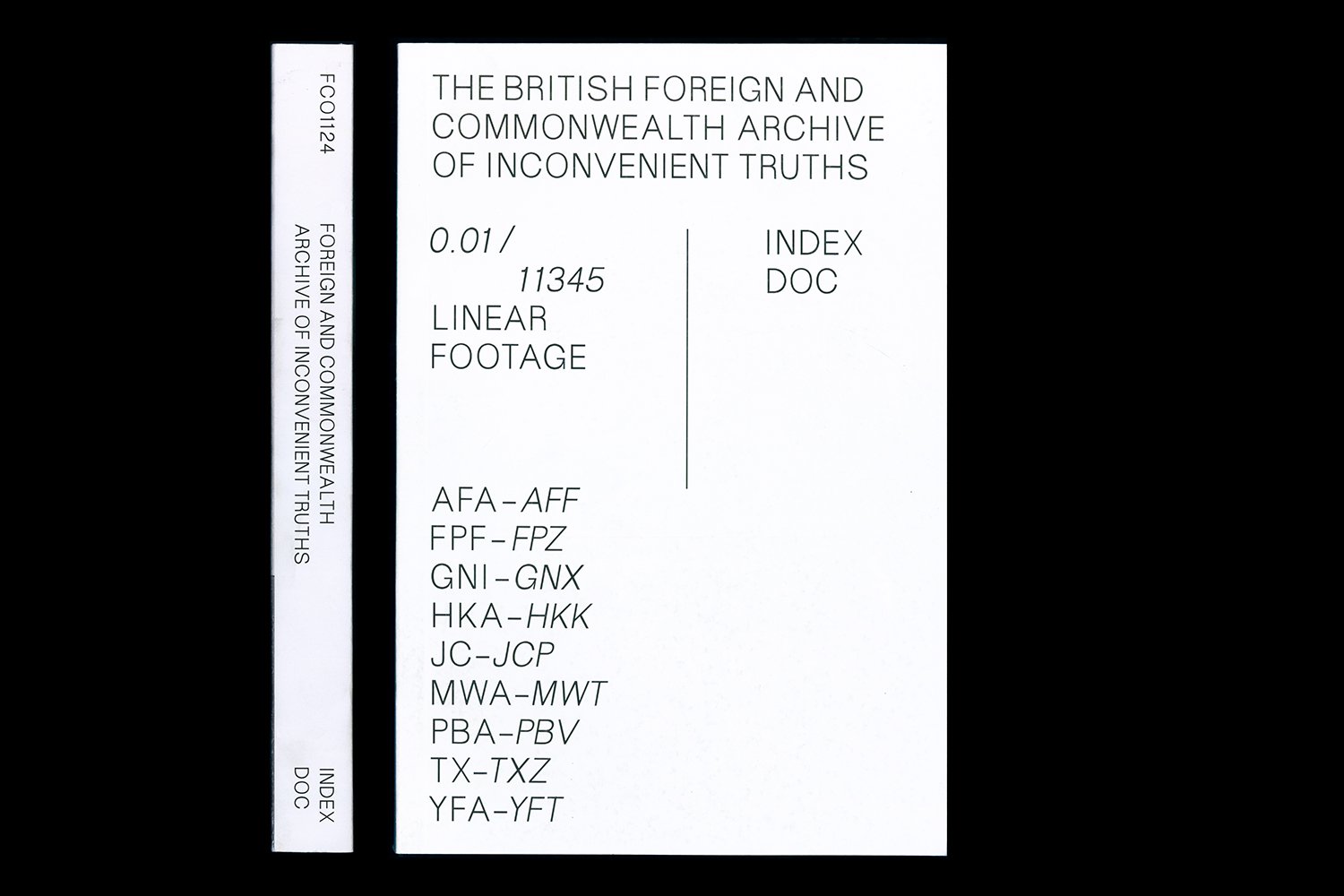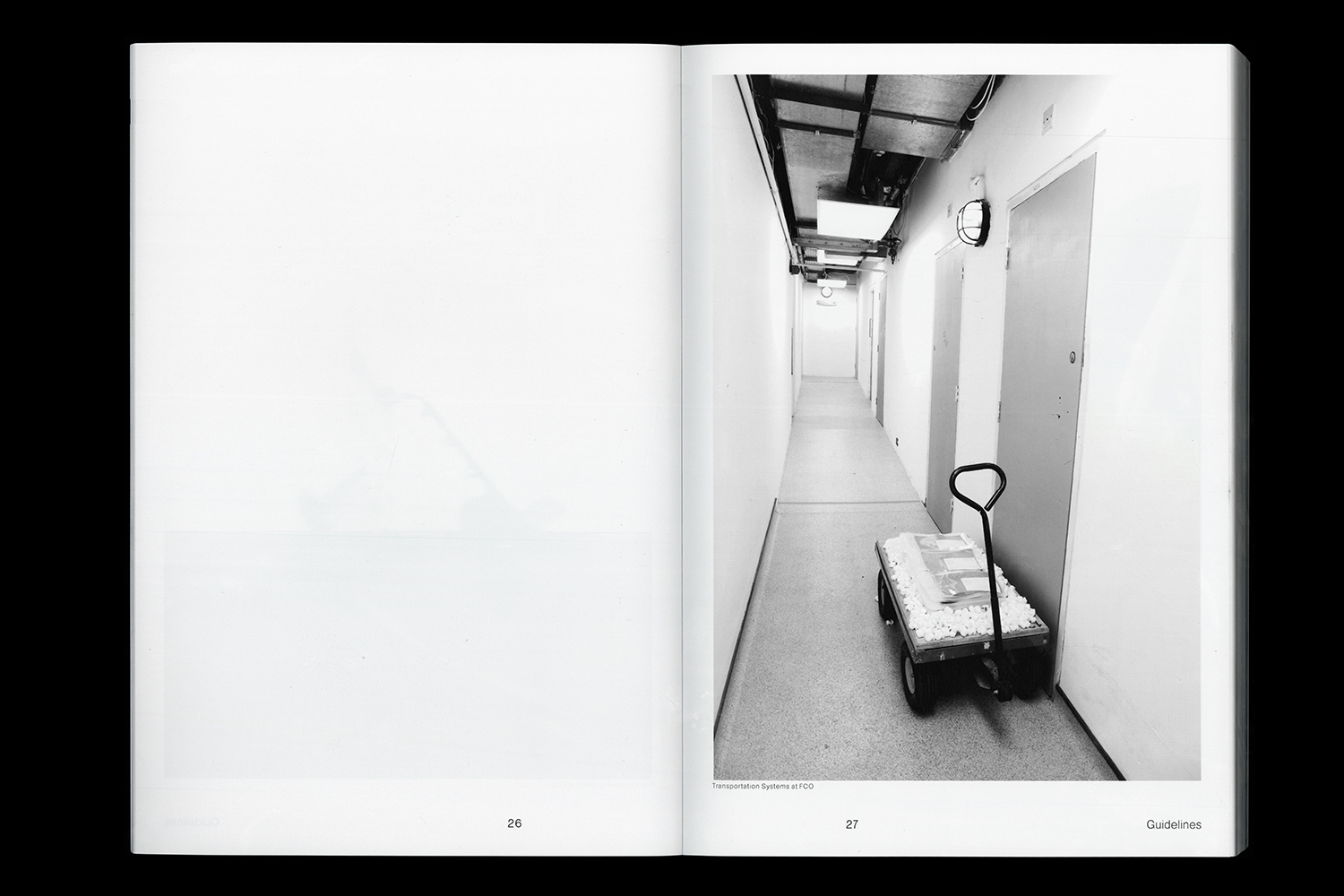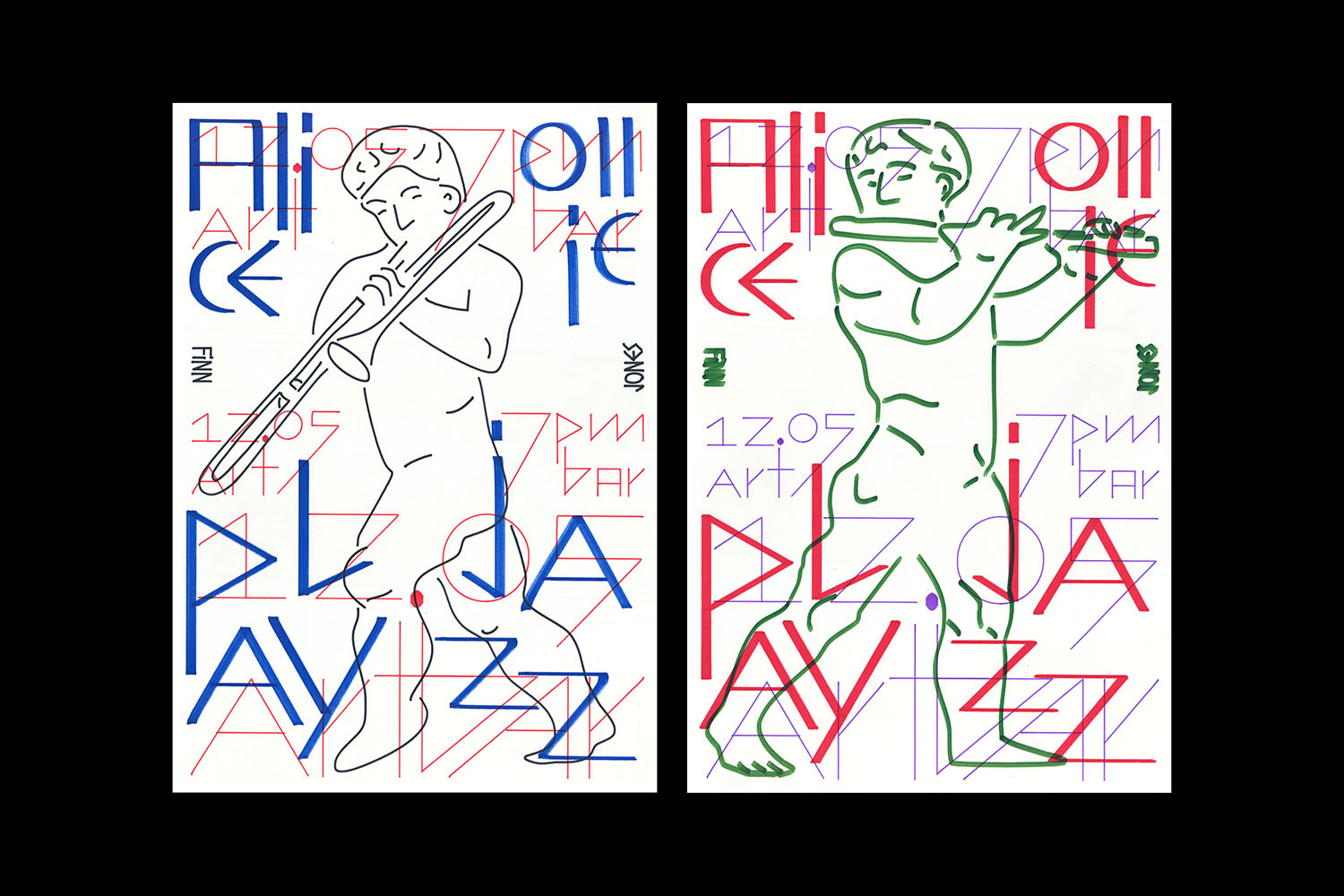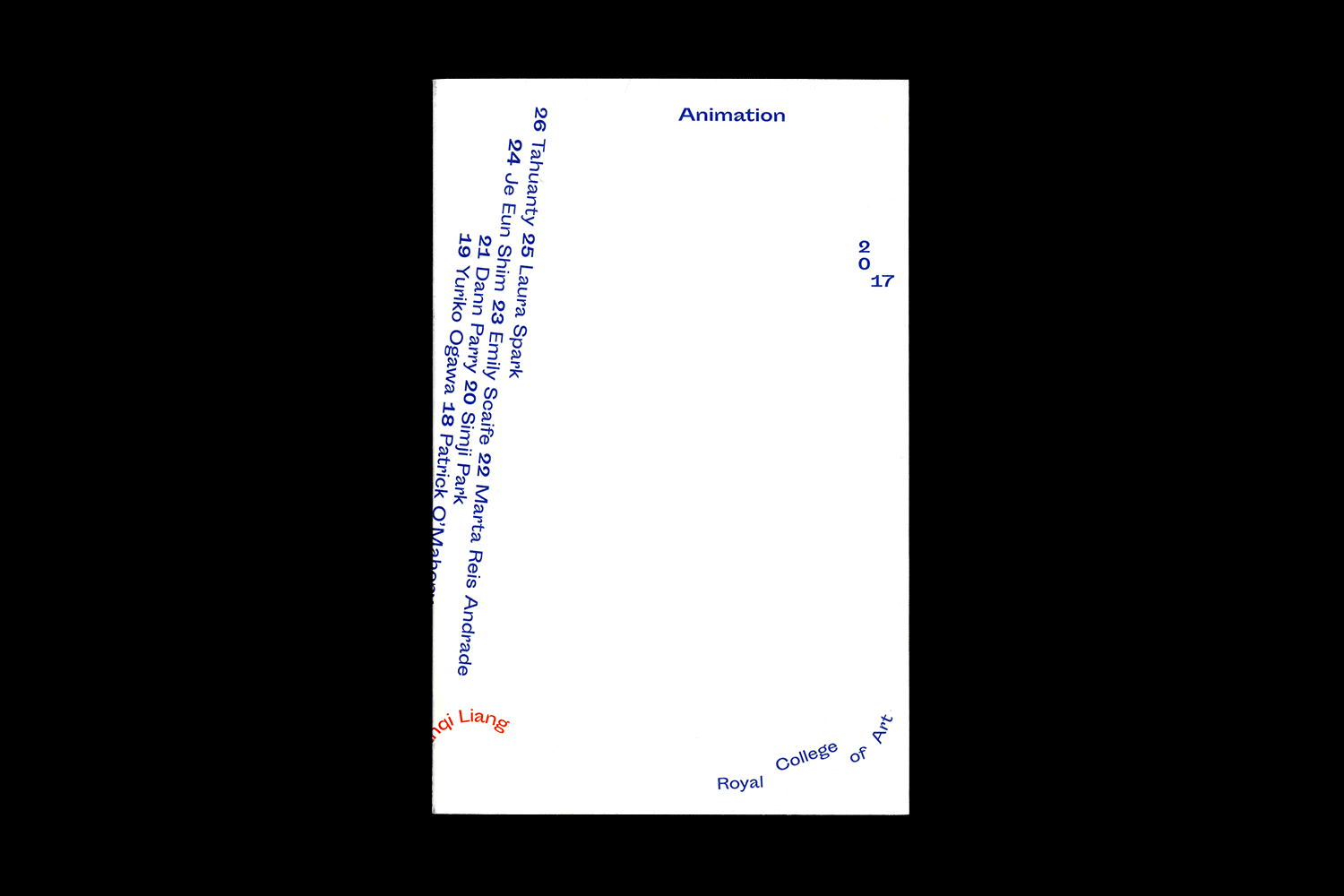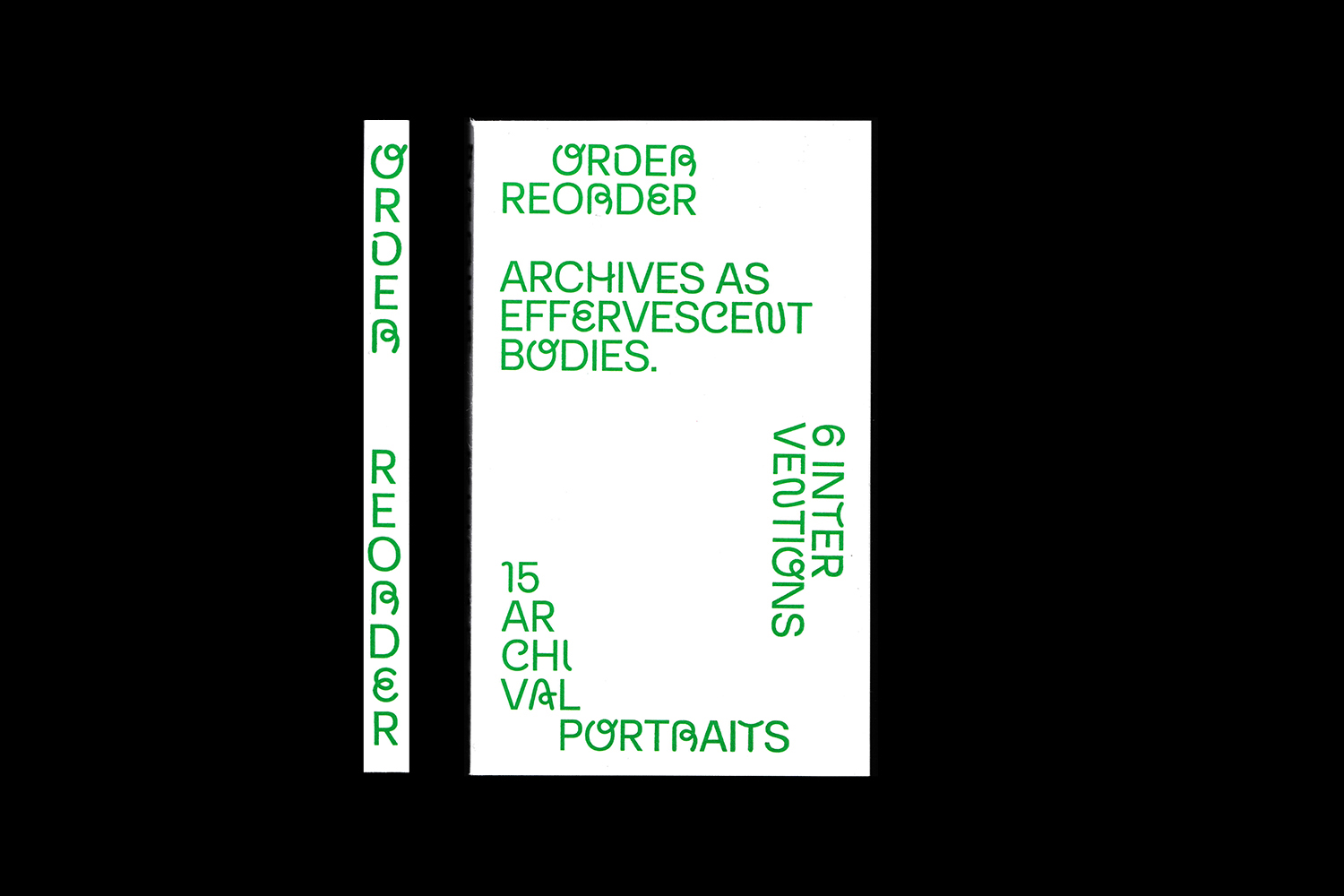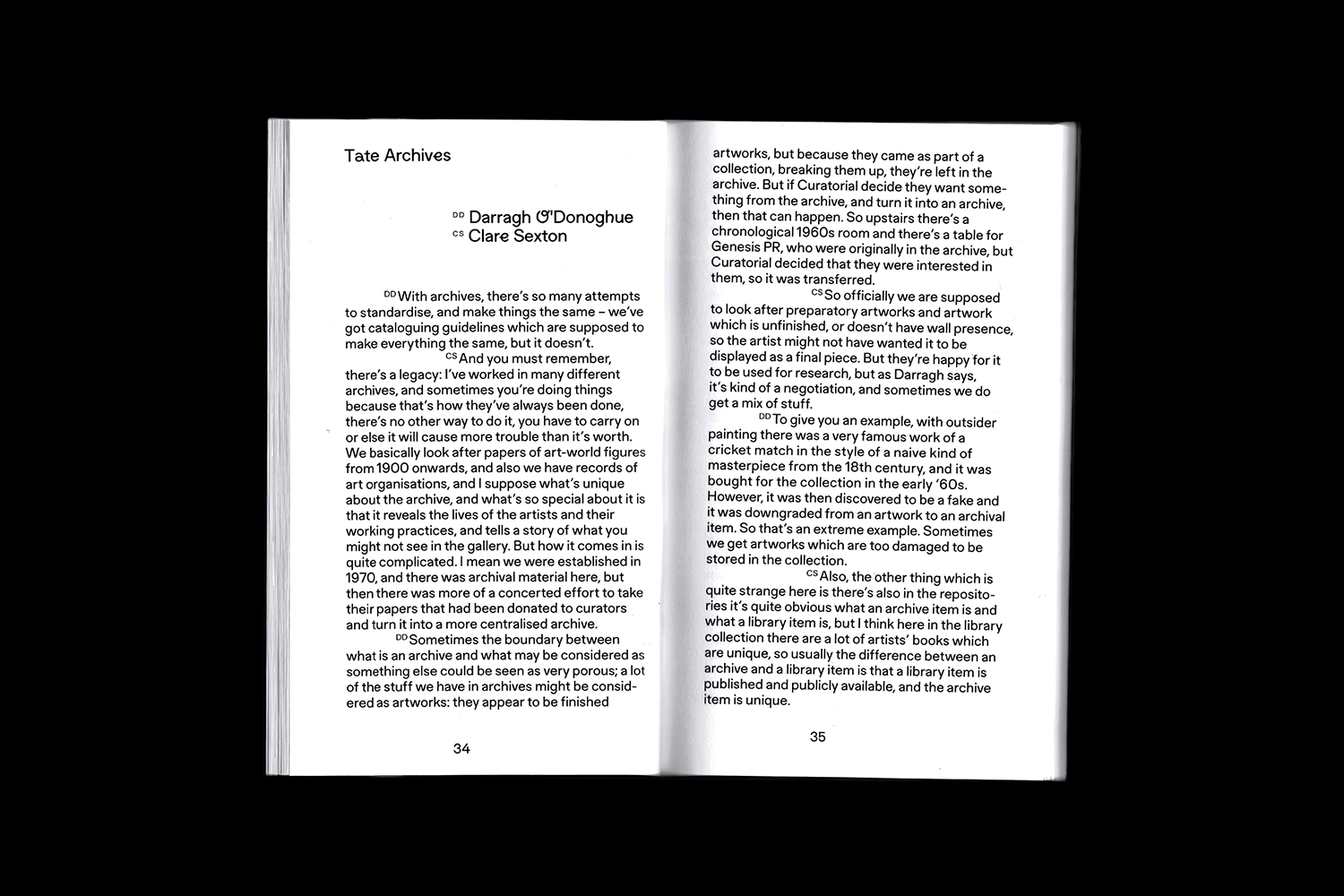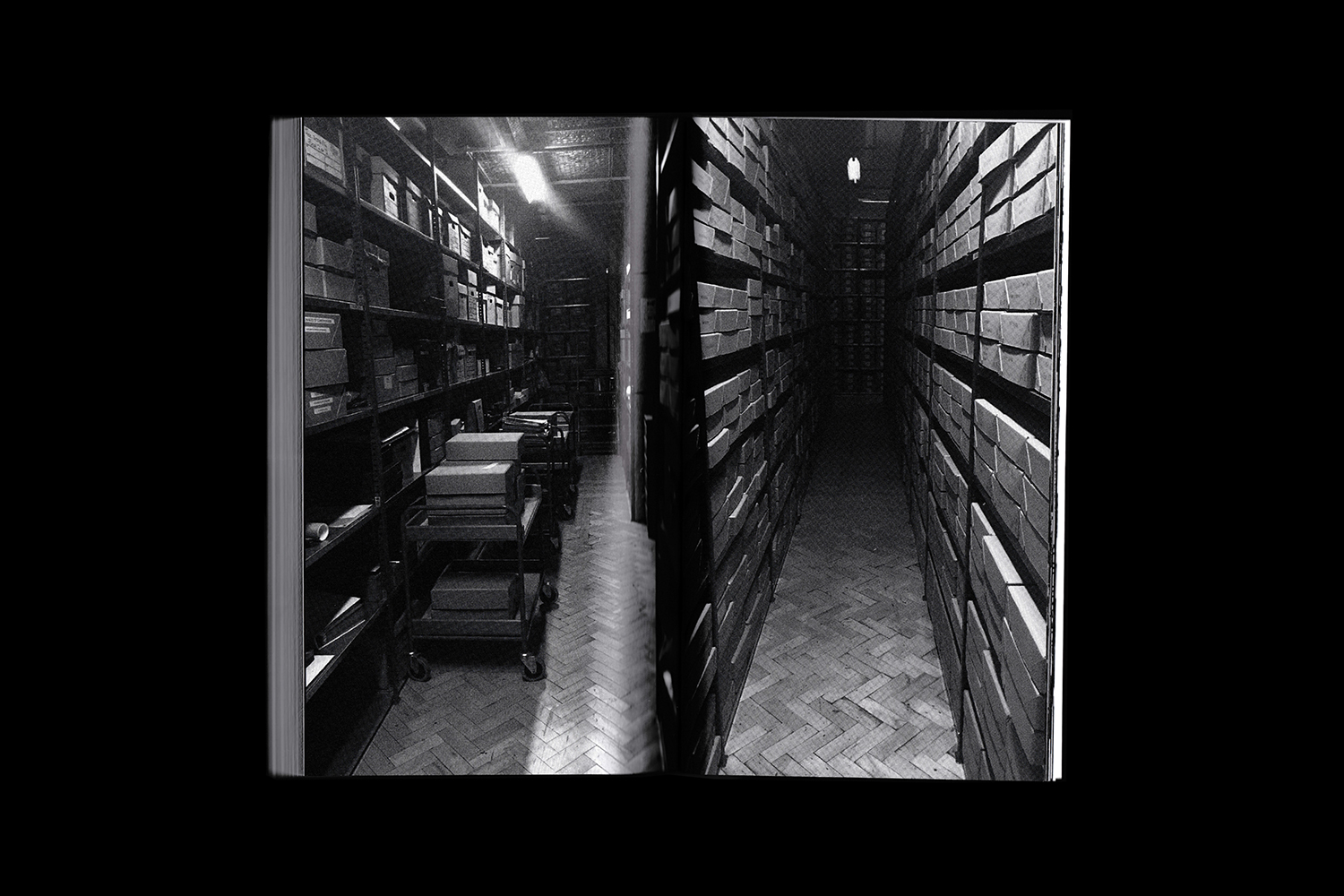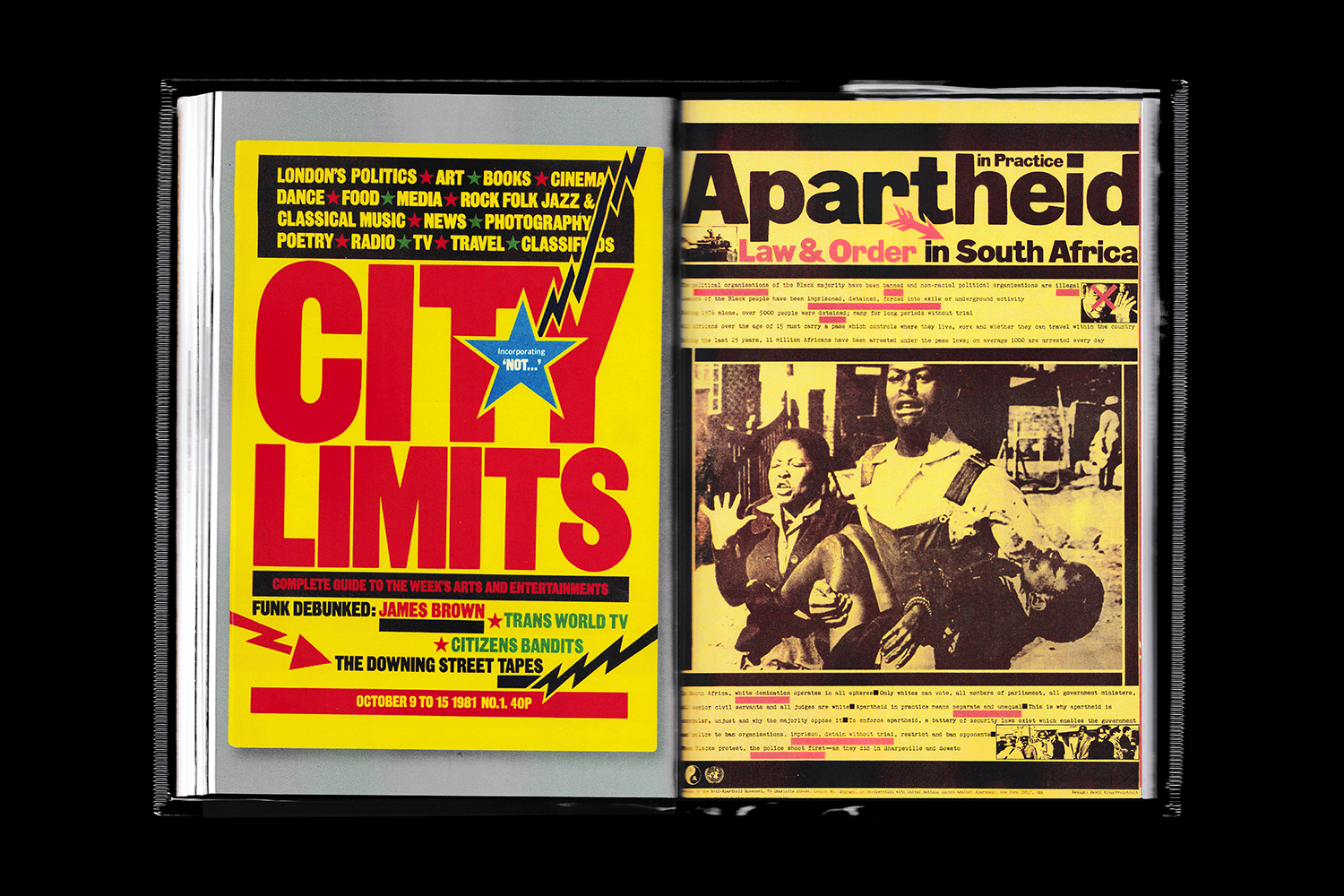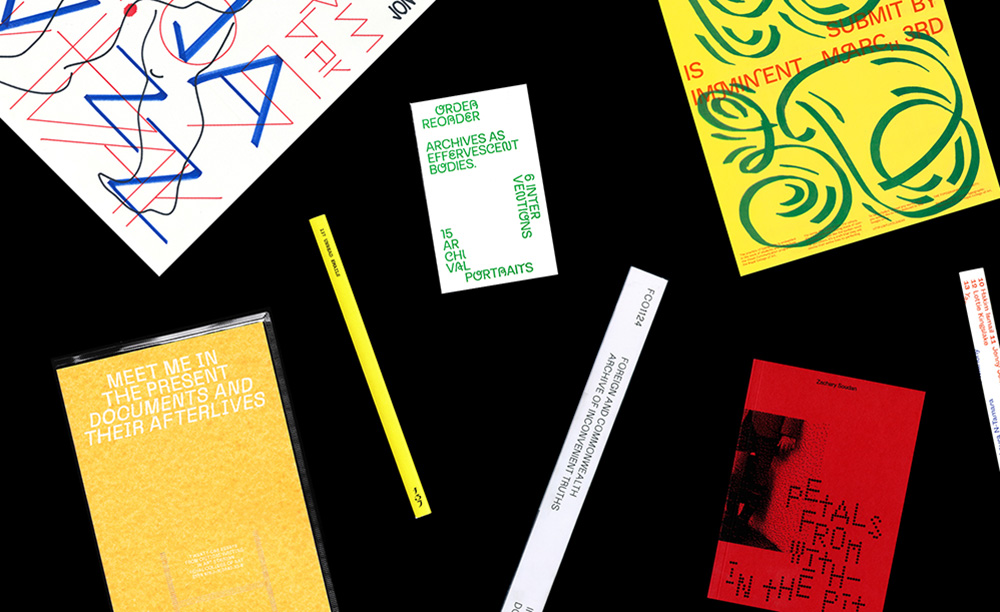
Tom Finn
Exploring archives and critical discourse through masterful graphic design with the Royal College of Art graduate
Graphic design isn’t widely taught at A-level. It is though at Turton Sixth Form College in Bolton and for Tom Finn, that was where it all began. His tutor Mr. Olivera, would start lessons by encouraging the class to look through a pile of books, picking out what they liked and thinking about ways those ideas and images could feed into their own projects. It was a routine that has grown into a deep interest in and love for printed matter, informing the Royal College of Art graduate’s practice today as much as ever.
Making the move from Turton to Sheffield Institute of Arts, Tom initially found that the different approach took some getting used to. “Structured to avoid traditional approaches” is how he recounts the course, which led him to explore a lot more three dimensional and spacial projects. “I think this approach of being very hands on with work and experimenting through different materials and processes was the big thing I picked up from there” Tom explains. He also cites Paul Heys, principal lecturer on the course, as someone who imparted a good deal of vital wisdom, particularly when working on commercial book projects under his guidance. By this time, Tom “had the bug for publishing and book design” so began to look at MA courses that might enable him to further his understanding and craft.
Soon after arriving at the Royal College of Art, Tom realised that his playful, experimental and hands-on approach was “actually a bit face value”. What followed, he describes as “breaking you down and getting you to start again”. Throughout the two-year programme, a critical and collaborative approach to his practice developed, regularly working in tandem with Kristoffer Halse Sølling with whom Tom is today launching a new studio, Regular Practice. “I met an amazing mix of super talented people, all pushing the boundaries of their work”, he reflects. “It’s weird to be in this posh building in Kensington, surrounded by art students throwing paint up the walls”. The shock of moving down to the capital was offset by the RCA community, studio environment and “a steady stream of fellow Northerners”. With his joint venture opening for business as well, it’s safe to say that Tom is fully acclimatised.
A multi-disciplinary, research led designer, Tom spent a lot of his time at RCA researching archives and contemplating ways to respond to and interrogate the “strange disconnect between the richness of material and the access to that material” in archive facilities. It’s an approach that produced some of his finest work to date, beginning with ‘The Foreign and Commonwealth Office of Inconvenient Truths’, a speculative publication working with real archival material from the FCO. who it had been uncovered had been withholding millions of documents illegally from the general public. Tom’s publication acts as an index document and is purposely difficult to navigate, with similarly unhelpful images of the archive itself. More recently and perhaps most magnificently, he created ‘Order-Reorder: Archives as effervescent bodies’, a book chronicling his investigation of 15 different archives. One key feature is Tom’s interviews with the archivists in charge of each collection where they discuss both the flaws of their system as well as the ways they’re breaking boundaries in the field. Not content with leaving things there, Tom paired this research with writings from designers, researchers and academics including Issue Two contributor Adrian Shaughnessy, who have worked extensively with archive material.
Tom’s determination to rigorously peel back the layers of whatever subject he’s investigating make for grounded, rich interventions that consistently bring something new to the conversation. It’s a process that informs his confident design work and see his practice extend further to editor and instigator. Dovetailing as he is with Kristoffer now, it’s safe to assume that Regular Practice are destined for big, big things.
